Let's talk GANs
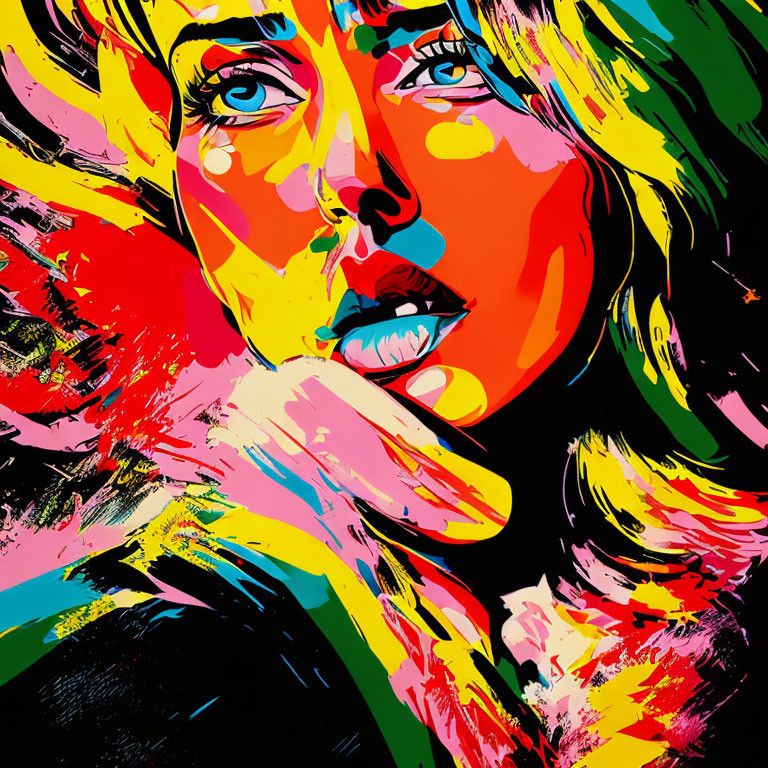
Generative Adversarial Networks
Let's explore the fascinating details of GANs, diving into how they work and the profound influence they have on the world of AI-generated artwork. With their special structure and advanced algorithms, GANs have transformed the art-making process using artificial intelligence.
Generative Adversarial Networks (GANs) are an intriguing technology that allows computers to create original artwork. GANs consist of two main components: a "generator" and a "discriminator." The generator takes random input and tries to produce art, while the discriminator evaluates the generated art against real examples. These two parts compete with each other and improve their skills over time. The fascinating result is that GANs can generate stunning artwork that resembles what humans create, often with their own unique style. GANs open up endless possibilities for exploring different artistic styles, combining them in innovative ways, and tapping into the creative potential of artificial intelligence. It's an exciting technology that merges the worlds of art and AI, sparking our imagination and pushing the boundaries of what's possible.
The power of GANs lies in their ability to learn from vast datasets, such as collections of paintings or photographs, and generate entirely new and unique images. The generator network employs complex mathematical transformations to produce art that mimics the patterns, styles, and visual characteristics of the training dataset. As the discriminator becomes increasingly adept at distinguishing between real and AI-generated art, the generator refines its output, resulting in progressively more convincing and visually compelling artworks.
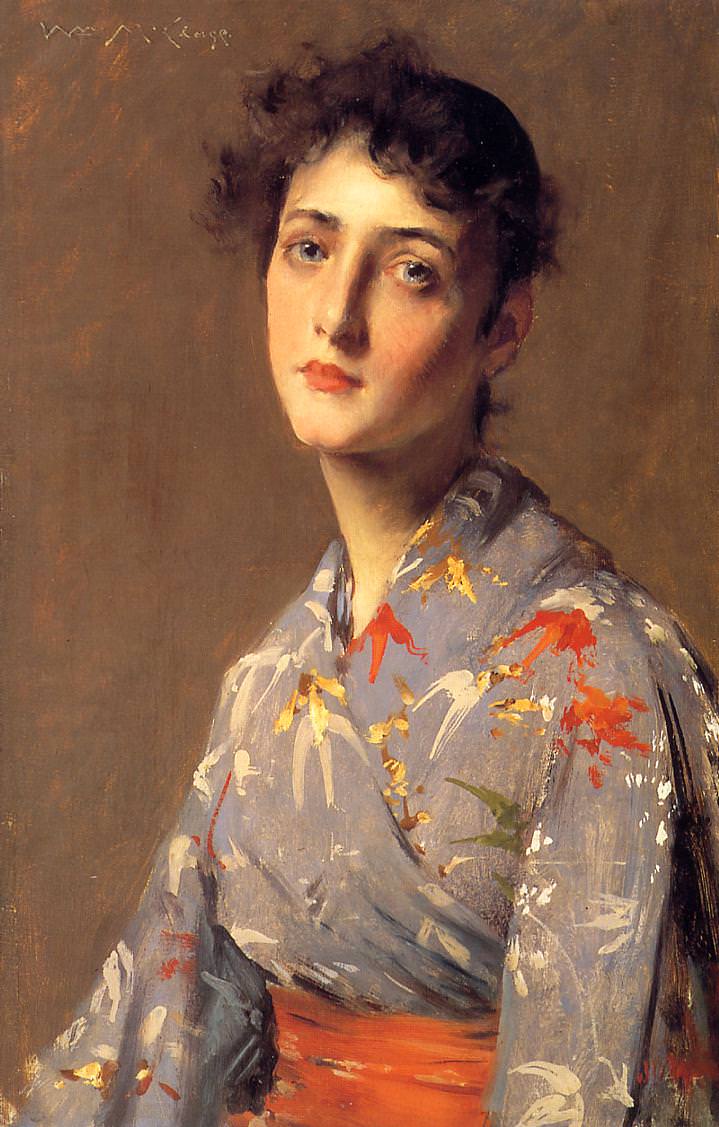
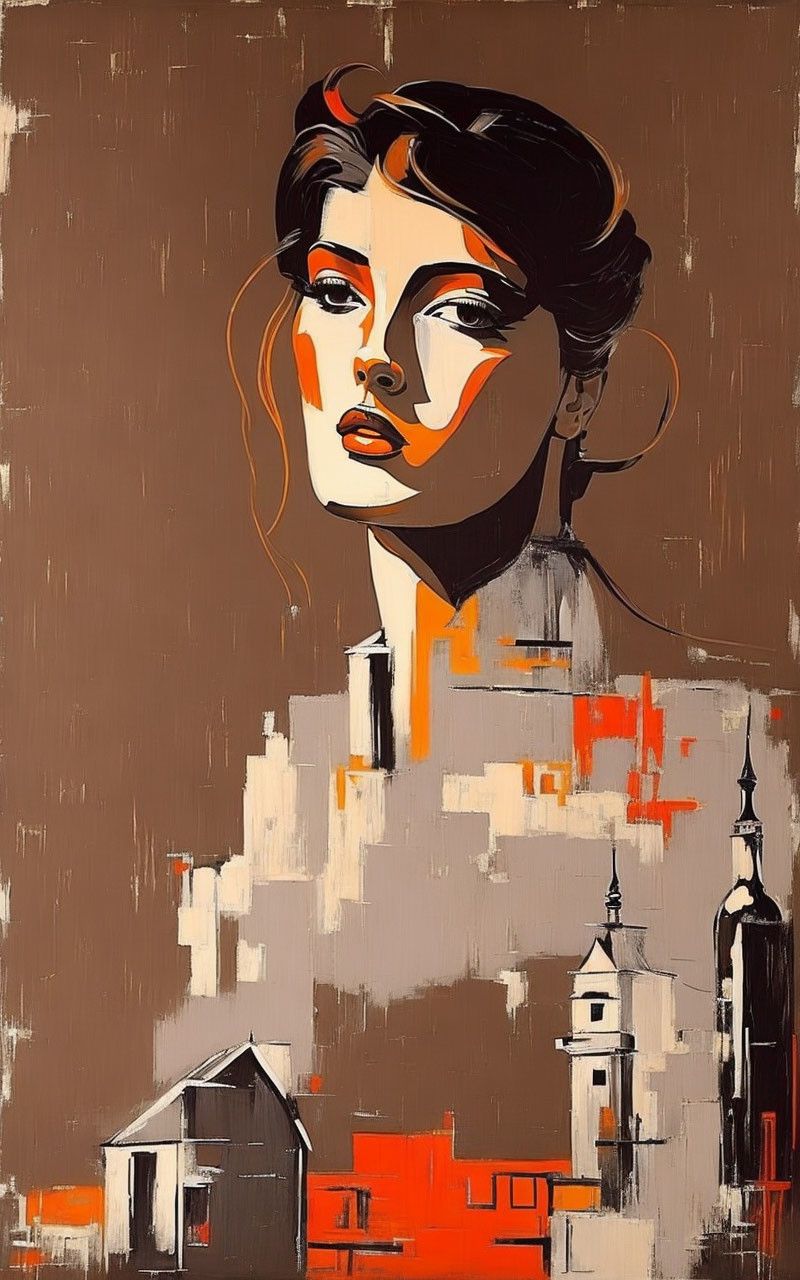
The applications of GANs in AI art are manifold. Artists and researchers are exploring GANs to create original artworks, simulate the styles of renowned artists, generate abstract compositions, and even combine multiple artistic influences. GANs enable the exploration of new creative possibilities by merging and remixing existing artistic styles and producing novel visual expressions.
While GANs offer remarkable potential for creativity and innovation, ethical considerations arise in the realm of AI art. Questions surrounding the ownership of AI-generated artworks, the role of human artists, and the potential for algorithmic biases demand careful examination. Striking a balance between the capabilities of GANs and the ethical implications they entail is an ongoing conversation in the art world.
As GANs continue to evolve, the boundaries of AI art are pushed further, expanding our understanding of creativity and human-machine collaboration. Researchers are working to enhance GANs' abilities, refining their output and exploring new possibilities for artistic expression.
Generative Adversarial Networks have revolutionized the world of AI art, enabling the creation of astonishing and imaginative artworks. Their ability to learn from vast datasets and generate novel visual expressions is reshaping our understanding of creativity and the boundaries of artistic possibility.
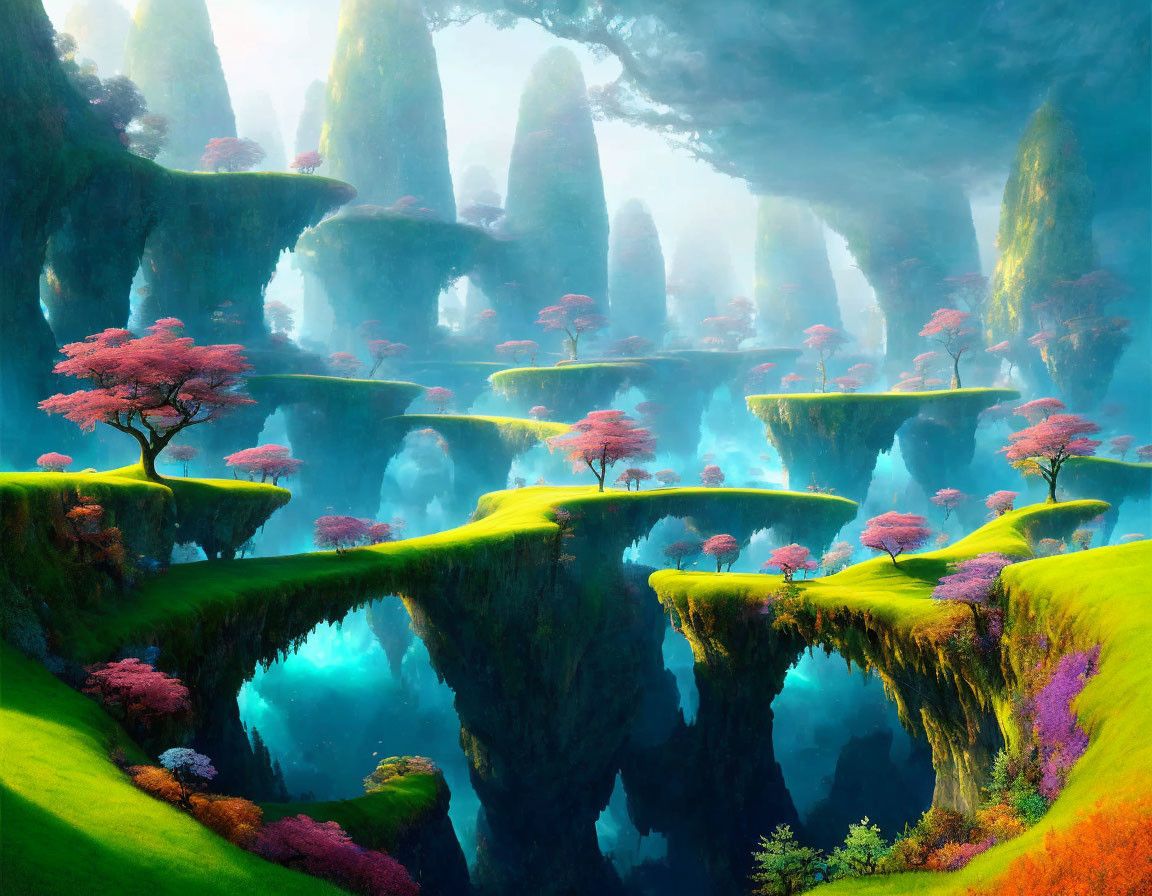
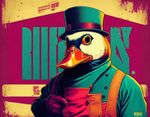
Comments ()